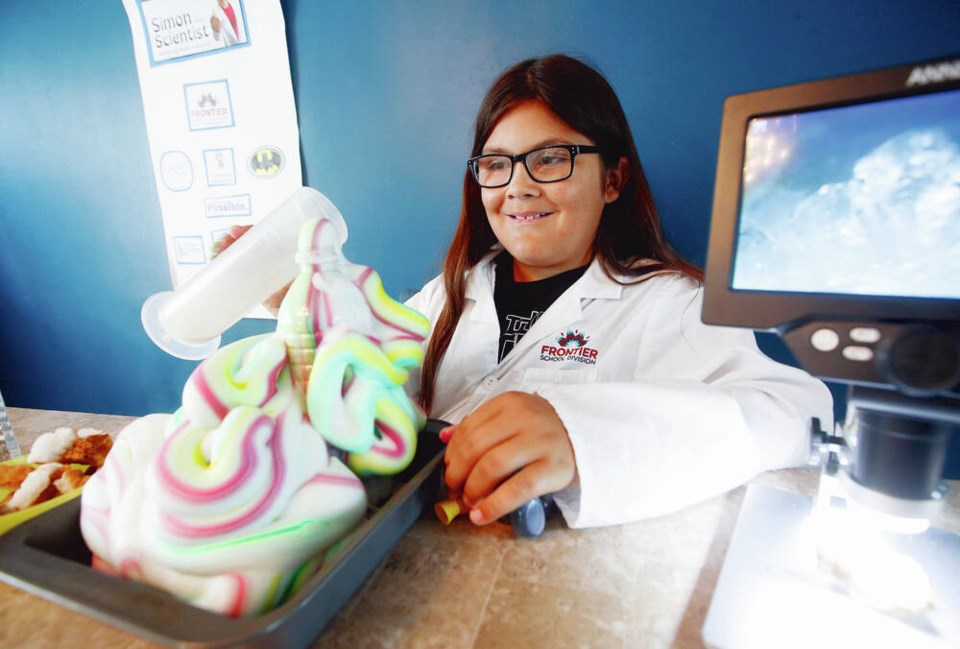A commentary by a retired businessman who lives in Victoria.
We live in an age when a nation’s quality of life depends on a sufficient supply of science-based professionals possessing the skills needed in our technologically advanced world. Supply of these professionals was already tight but a slowdown in replacement of retirees during the past two COVID years has exacerbated the problem.
A recent C. D. Howe Institute report, The Knowledge Gap, concludes that Canada faces a shortage of STEM skills that threatens both our quality of life and economic competitiveness (STEM being science, technology, engineering and math).
The report recommends urgent action, starting with a fundamental reform of secondary school science education. Many teachers lack science knowledge, which leads to “teaching from the book,” leaving students bored and unmotivated.
Science is fascinating but it needs teachers with the expertise and enthusiasm to bring it alive, motivating students to pursue careers as engineers, chemists, doctors and other in-demand professions. Lacking adequate science skills, students applying to university often end up in liberal arts programs where career choices are limited.
The University of British Columbia’s latest all-faculty report reveals the troubling statistic that arts enrolment was twice the combined enrolment in engineering, pre-medicine and all other science-based disciplines.
A major obstacle to hiring qualified science teachers is the union-based system that assigns teaching positions based on seniority, rather than training. A passionate young science graduate I knew had to work as a part-time, substitute, general-course teacher for years before being allowed to teach the subject that was his passion. We can do better than that.
That doesn’t mean there aren’t many capable and passionate science teachers in our schools, of course. And it’s those science teachers who play a key role helping an organization called Youth Science Canada to inspire 91原创 students to pursue STEM careers.
The mission of YSC, a donor-supported organization independent of government, is to “create value for Canada by fuelling the curiosity of 91原创 Youth through STEM projects.” Every year, students in Grades 7-12 enter their projects in more than 100 regional STEM fairs across the country, competing to be one of the 500 who participate in the Canada Wide Science Fair (CWSF).
It’s high school science teachers who motivate and facilitate the participation of those tens of thousands of aspiring scientists. The 60th annual CWSF will be held in Edmonton next May.
At past CWSF events this engineer has been astounded at the scientific sophistication and creativity of projects, even in Grades 7-9. Many of these students go on to STEM careers that are both fulfilling to them and vital to our country’s future.
Immigrants are the other big source of STEM professionals. Canada’s well-designed “points” system gives priority to immigrants with in-demand skills. Though federal authorities have also established support mechanisms to help immigrants integrate into their professions, professional certification is generally in the hands of provincial authorities, who often delegate that responsibility to professional associations. All too often, these associations exhibit little motivation to foster the integration of foreign-trained professionals.
This same lack of motivation is also present in our dangerously overloaded health care system. A recent news article headlined “My cab driver is a doctor” illustrates the problem. The Institute for 91原创 Citizenship estimates that thousands of foreign-trained doctors whose professional qualifications allowed them to be fast-tracked for citizenship are being prevented from practising because provincial regulators and professional associations refuse to recognize their qualifications.
A recent CBC News story interviewed Rajkumar Vijendra Das, who immigrated to Canada from India in 2010. It took him eight years to gain a medical residency position: only a tiny percentage of such positions are allocated to foreigners.
Honieh Barzegari, a doctor who immigrated to Canada from Iran, gave up after years of frustration and joined a medical manufacturing company. She told CBC News: “The system is set up to fail international medical graduates”.
Canada’s immigration program is doing a good job of supplying STEM-trained immigrants with vitally important skills. But professional associations responsible for their integration need to be a source of support rather than frustration.
And what about keeping those skills in the country? According to the C.D. Howe report: “The evidence suggests that Canada faces a continuing digital brain drain to the United States and needs to focus on policies that help retain persons with digital skills by creating opportunities comparable to those they might find elsewhere.”
Unlike overcoming the educational and integration dysfunctions that have created the skills supply shortfall, reducing the brain drain is mainly in the hands of business.
Most firms have traditionally looked to the education and immigration systems to produce an adequate supply of STEM skills.
But only firms themselves have the power to keep STEM professionals in Canada. They need to do so more often.
>>> To comment on this article, write a letter to the editor: [email protected]



